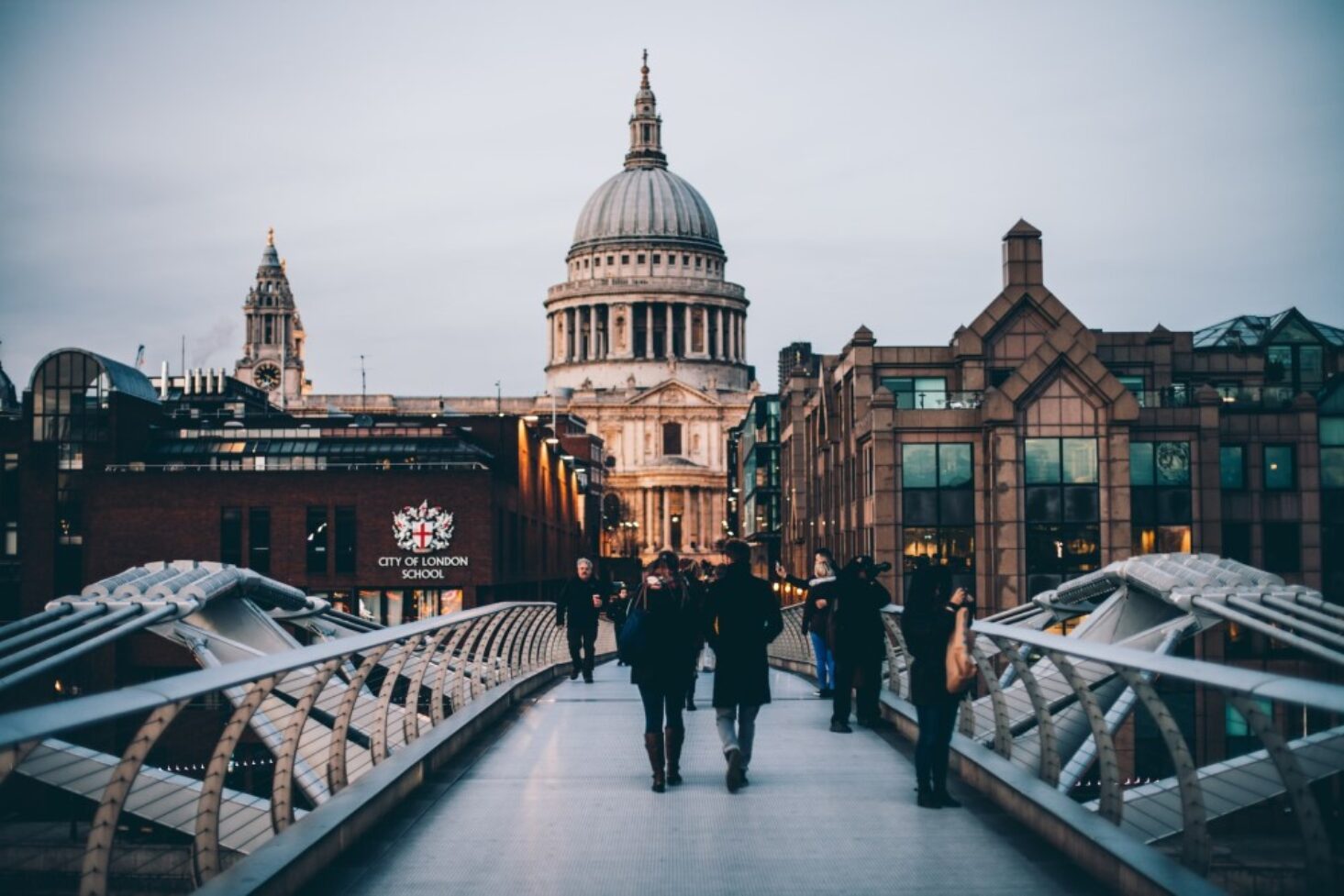
A Guide to Historic Sites in London
London, the capital city of England, is steeped in history and boasts a plethora of iconic and historic sites that attract millions of tourists each year. From ancient castles to world-renowned museums, the city offers a treasure trove of cultural and historic sites in London waiting to be explored.
These famous landmarks not only showcase the rich history and architectural beauty of London but also offer a glimpse into the city’s cultural and artistic heritage.
London’s historic sites are of immense importance for tourism as they attract visitors from around the world and contribute to the city’s vibrant cultural and economic landscape. These landmarks serve as reminders of London’s rich past, adding to its allure as a top travel destination.
Take a step back in time and immerse yourself in the captivating history of London by visiting these iconic historic sites. Each one offers a unique glimpse into the city’s fascinating heritage and is sure to leave a lasting impression on every visitor.
Historic Sites in London: The Tower of London
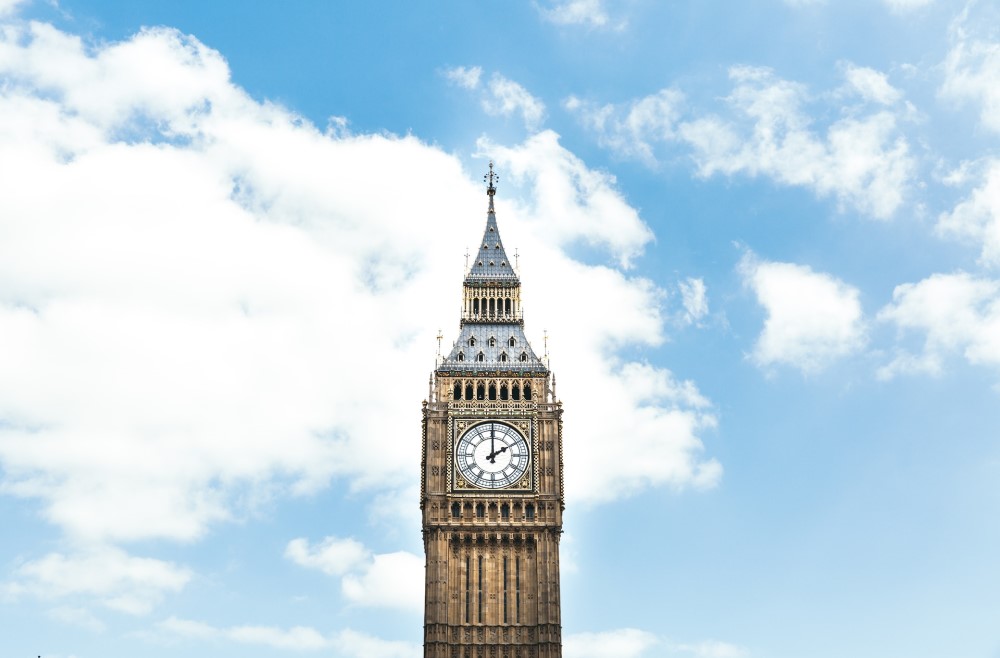
The Tower of London is an important historical site that has played a significant role in British history. Here are some key facts about this iconic site:
1. William the Conqueror built the Tower of London in 1078 as a fortress and royal palace. It has had various functions over the years, including being a prison, treasury, and zoo.
2. Architecture: The Tower of London is a complex of buildings surrounded by defensive walls and a moat. Its most famous feature is the White Tower.
3. Crown Jewels: The Tower of London displays the Crown Jewels, which consist of crowns, scepters, and other royal regalia used in British monarch coronations.
4. Yeoman Warders: The Tower of London is guarded by Yeoman Warders, also known as Beefeaters. They not only protect the site but also offer guided tours, sharing fascinating stories about its history.
5. Prisoners and Executions: The Tower of London has a dark history as a prison, with notable prisoners such as Anne Boleyn and Sir Walter Raleigh. Many prisoners were executed within its walls.
Fact: The ravens at the Tower of London are believed to protect the monarchy. Legend has it that if the ravens ever leave the tower, the kingdom will fall. Their wings are clipped to ensure that they stay.
Historic Sites in London: Buckingham Palace
Buckingham Palace is a highly important historical site in London. It serves as the primary residence of the British monarch and functions as the administrative headquarters. Here are some key features:
1. Royal Residence: Since the reign of Queen Victoria, Buckingham Palace has served as the main residence for the British monarch. It is where official events, state visits, and royal ceremonies take place.
2. Architectural Beauty: The palace boasts an exceptional neoclassical architectural design, with its iconic facade and beautifully landscaped gardens. The balcony is renowned for special occasions such as the changing of the guards and royal weddings.
3. Queen’s Gallery: Situated within Buckingham Palace, the Queen’s Gallery showcases a magnificent collection of artwork belonging to the British Royal Family. Visitors have the opportunity to view an impressive range of paintings, sculptures, and other valuable treasures from the Royal Collection.
4. Changing of the Guards: The ceremonial Changing of the Guards is a popular attraction at Buckingham Palace. It involves a meticulously choreographed procession and a handover of duties between the Household Guards, accompanied by military music.
5. Public Access: While certain areas of Buckingham Palace are private, the State Rooms can be visited by the public during the annual summer opening. This provides an opportunity for visitors to explore the exquisite interiors, including the Throne Room and Ballroom.
Buckingham Palace’s historical and cultural significance, along with its impressive architecture, make it an essential destination for tourists and history enthusiasts. It provides a glimpse into the rich tapestry of British royalty.
Historic Sites in London: Westminster Abbey
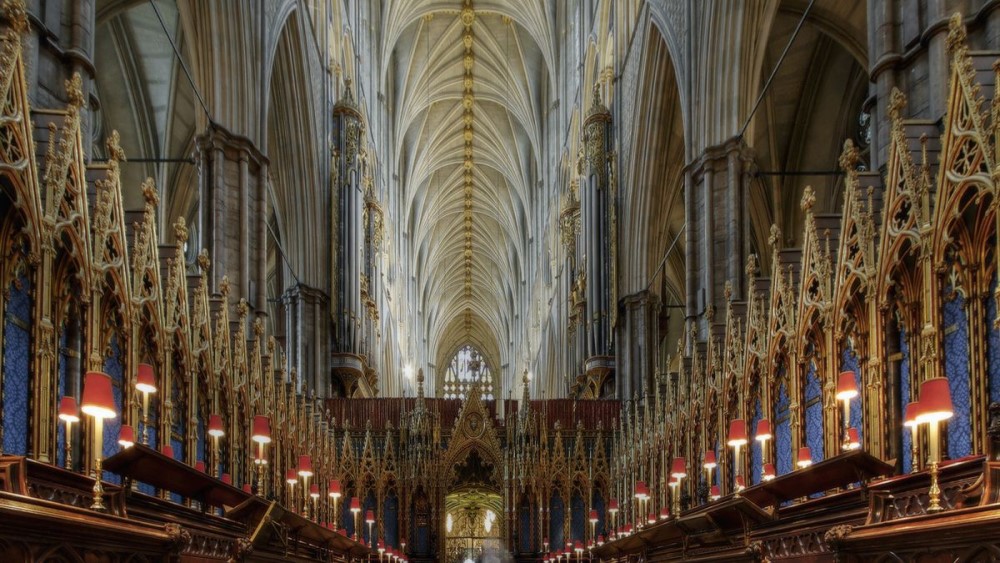
Westminster Abbey is a historic treasure in London, UK. It is a revered church that serves as a place for the coronation and burial of British monarchs. The abbey has a rich architectural history and is renowned for its Gothic design. It boasts exquisite stained glass windows, intricate stone carvings, and a beautiful nave.
A visit to Westminster Abbey offers a unique chance to immerse oneself in British history. The site has borne witness to significant events, such as royal weddings and state funerals. Exploring the abbey allows visitors to connect with the past and appreciate the grandeur of the building’s craftsmanship.
One notable attraction within Westminster Abbey is the Poets’ Corner, a memorial dedicated to esteemed writers and poets such as William Shakespeare and Geoffrey Chaucer. It showcases the abbey’s cultural significance in British literature and creativity.
Another remarkable feature is the Coronation Chair. This wooden seat has been utilized in coronation ceremonies since the 14th century and has witnessed the crowning of numerous kings and queens.
To truly grasp the essence of Westminster Abbey, it is advisable to partake in a guided tour. This will provide valuable insights into the history of the site and the notable individuals buried within its walls. Visiting during quieter periods or weekdays can elevate the experience by avoiding large crowds.
Westminster Abbey epitomizes London’s history and architectural excellence. It is a must-visit for those with an interest in British heritage and cultural significance. Therefore, when exploring London, do not miss the opportunity to marvel at Westminster Abbey.
Historic Sites in London: St. Paul’s Cathedral
St. Paul’s Cathedral is a well-known landmark in London, renowned for its architecture and importance. The cathedral was built in the 17th century and is a recognizable symbol of the city. It is located in the City of London, on Ludgate Hill, the highest point in the city.
St. Paul’s Cathedral features a grand dome, one of the largest cathedral domes in the world, standing at a height of 111 metres. The dome consists of three galleries: the Whispering Gallery, the Stone Gallery, and the Golden Gallery, each offering stunning views of the city.
The Whispering Gallery is named for its unique acoustic properties, which allow sound to travel along the walls, enabling visitors to whisper on one side and be heard on the other, 30 metres away.
The cathedral has played a significant role in British history, hosting important events such as the funerals of Sir Winston Churchill and Margaret Thatcher. St. Paul’s Cathedral also serves as a place of worship, conducting regular services and concerts, providing a spiritual and cultural experience for visitors.
Visitors can explore the interior of the cathedral, including the nave, mosaics, and stained glass windows. As one of London’s top tourist attractions, St. Paul’s Cathedral welcomes millions of visitors each year, offering guided tours and audio guides to enhance the visitor’s experience.
Whether one is interested in history, architecture, or spirituality, a visit to St. Paul’s Cathedral is essential when exploring London.
Historic Sites in London: The British Museum
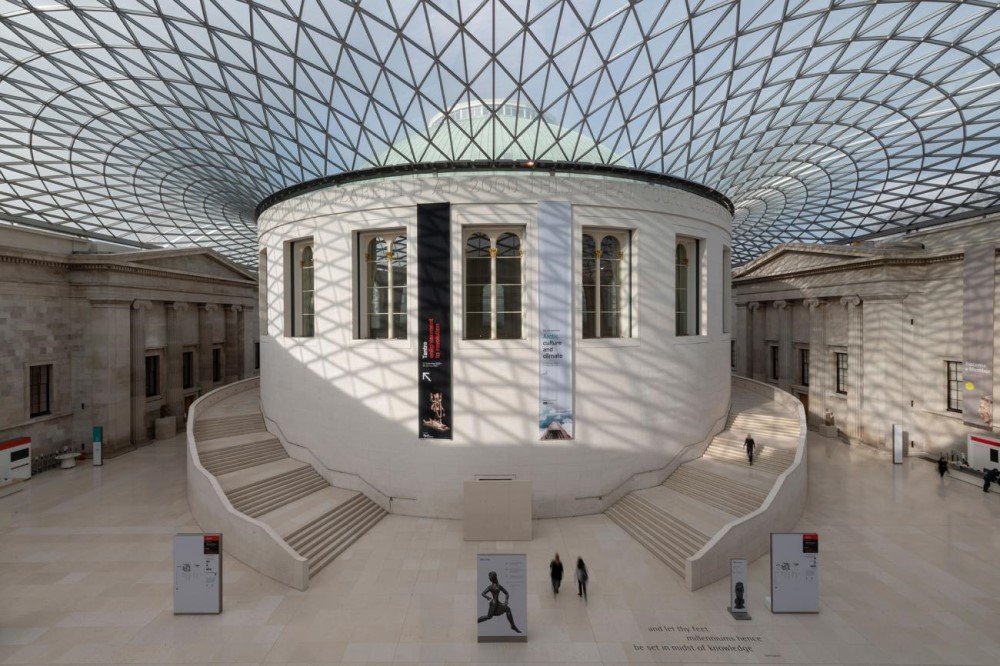
The British Museum, situated in London, UK, is highly regarded worldwide. It possesses an extensive assortment of artwork and artefacts from across the globe, featuring more than 8 million objects that exhibit the history and culture of civilizations spanning ancient eras to the present day.
Visitors can explore exhibitions on subjects including ancient Egypt, ancient Greece, and the Roman Empire. The museum also houses significant historical artefacts such as the Rosetta Stone and the Elgin Marbles.
The British Museum presents a distinctive opportunity for visitors to gain knowledge about various cultures and their contributions to human history. It provides insights into the development of civilizations and their influence on modern societies.
One notable aspect of the British Museum is its dedication to accessibility. Its permanent collection is freely available for everyone to explore and appreciate. It offers a range of educational programs and resources for visitors of all age groups.
A visit to the British Museum is an exceptionally enriching experience, offering a glimpse into the diverse and rich history of humanity and showcasing the accomplishments of different civilizations. Whether you have an interest in art, history, or culture, the British Museum is an essential destination to visit.
Historic Sites in London: The Houses of Parliament and Big Ben
The Houses of Parliament and Big Ben are iconic landmarks in London, renowned for their history and beauty. Here are some key points:
- The Houses of Parliament, officially known as the Palace of Westminster, serve as the meeting place for the UK Parliament. They accommodate the House of Commons and the House of Lords.
- The complex is situated on the banks of the River Thames in London and is a UNESCO World Heritage Site.
- The original Palace of Westminster was constructed in the 11th century, but much of the present structure dates back to the 19th century, following a fire that destroyed the old palace in 1834.
- Big Ben, the clock tower of the Palace of Westminster, is officially known as the Elizabeth Tower. However, “Big Ben” actually refers to the Great Bell housed within the tower.
- The Elizabeth Tower stands at a height of 96 metres and is one of London’s most recognizable symbols. Its clock faces are a prominent feature of the city’s skyline.
- The clock tower acquired the nickname “Big Ben” after Sir Benjamin Hall, the Commissioner of Works during its construction. Over time, the name became associated with the entire structure.
- Visitors have the opportunity to take guided tours of the Houses of Parliament in order to explore their history and architecture. Access to the Elizabeth Tower, including Big Ben, is currently limited due to ongoing renovations.
- The Houses of Parliament and Big Ben are must-visit attractions for anyone interested in British history, politics, and architecture.
By exploring the Houses of Parliament and marveling at Big Ben, visitors can experience the essence of London’s cultural heritage and historical significance.
Historic Sites in London: The Tate Modern
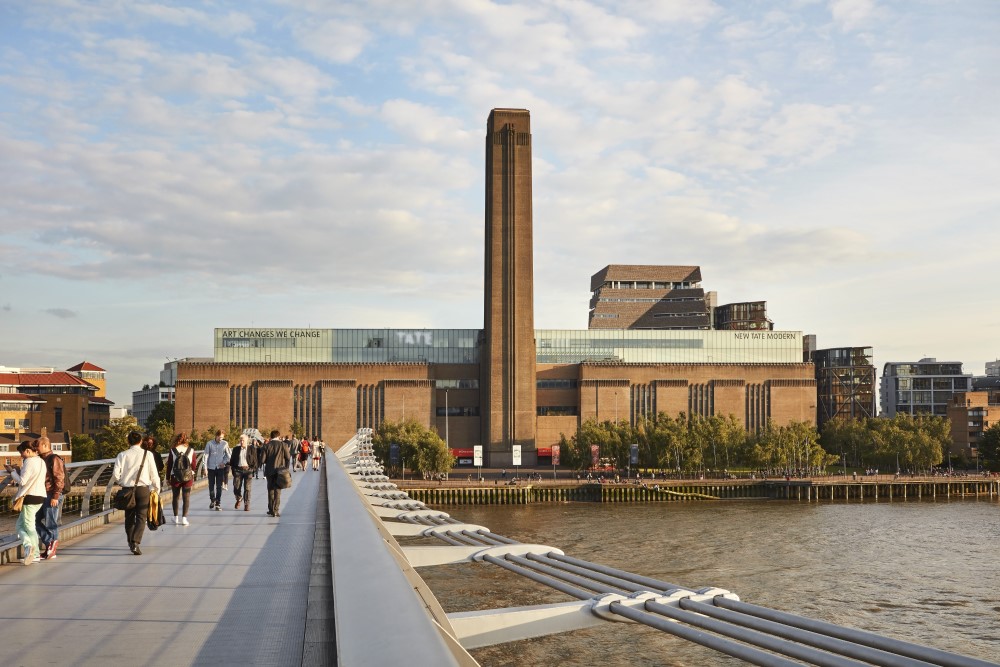
The Tate Modern is a well-known art gallery in London. It is situated in a former power station on the River Thames. With its iconic design and extensive collection of contemporary art, the Tate Modern attracts millions of visitors every year.
Visiting the Tate Modern allows one to fully immerse oneself in modern art. The gallery exhibits works by renowned artists like Picasso, Warhol, and Matisse. From paintings to sculptures and multimedia art, the Tate Modern offers a diverse range of artistic expressions.
One notable feature is the Turbine Hall, a space dedicated to large-scale installations. These artworks captivate visitors with their grandeur and innovation.
In addition to its collection, the Tate Modern hosts temporary exhibitions, educational programs, and events. It provides an enriching experience for art enthusiasts and students.
Fun Fact: The Tate Modern includes the “Switch House,” an extension with panoramic views of London from the 10th floor.
Historic Sites in London: The Natural History Museum
The Natural History Museum in London houses an extensive collection of over 80 million specimens, covering millions of years of Earth’s history.
The museum presents the wonders of the natural world in its magnificent Hintze Hall, featuring “Hope,” a gigantic blue whale hanging from the ceiling.
Dinosaur skeletons, rare gemstones, taxidermy animals, and interactive displays bring the natural world to life in the various galleries.
The museum provides educational talks, workshops, and screenings to deepen understanding of the natural world, inspiring visitors to value and preserve biodiversity.
A visit to the Natural History Museum allows you to explore the realms of science, biodiversity, and the history of our planet.
This museum is a must-visit for nature enthusiasts, history buffs, and inquisitive individuals.
Did you know that the Natural History Museum is home to the oldest recorded natural history collection in the world, dating back over 260 years?
It has been a center of scientific research and discovery since its establishment.
Historic Sites in London: The Victoria and Albert Museum
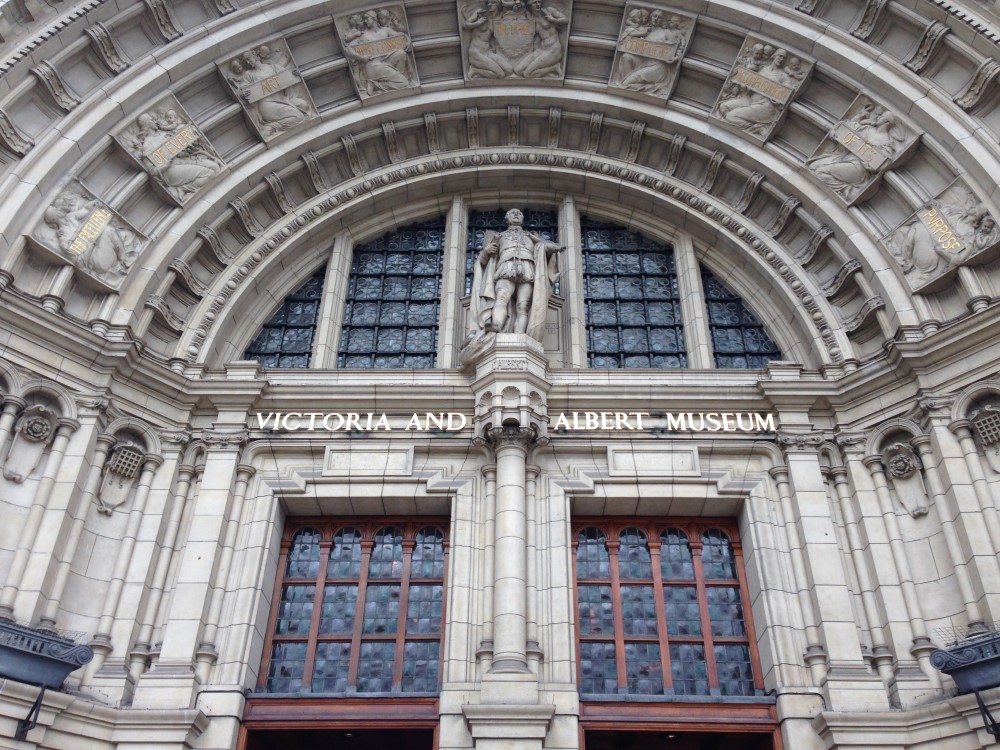
In London, The Victoria and Albert Museum in the United Kingdom houses an extensive collection of artwork and design spanning more than 5,000 years.
It showcases over 2.3 million objects, encompassing paintings, sculptures, textiles, ceramics, and furniture.
The museum’s objective is to inspire creativity and appreciation for the arts through the offering of exhibitions that range from ancient artefacts to contemporary masterpieces.
Visitors can take pleasure in interactive displays, educational programs, guided tours, and temporary exhibitions.
The Victoria and Albert Museum is an essential destination for art enthusiasts, history enthusiasts, and individuals interested in exploring the cultural heritage of the United Kingdom.
To fully grasp the museum, allocate a few hours for your visit in order to fully immerse yourself in The Victoria and Albert Museum’s extensive collection and absorb the artistic abundance on display.
Historic Sites in London: The Globe Theatre
The Globe Theatre in London, UK, is a historically significant site linked to William Shakespeare. It was built in 1599 by Lord Chamberlain’s Men, Shakespeare’s company. The original Globe was a round open-air amphitheatre with a thatched roof and had a capacity of up to 3,000 spectators.
In 1613, a cannon shot during a performance caused a fire that destroyed the theatre. Luckily, there were no serious injuries.
In 1997, a faithful reconstruction of the Globe, called “Shakespeare’s Globe,” was constructed near the original location. Traditional materials and techniques were used in its construction. The aim was to provide an immersive and authentic experience of Shakespeare’s era, with performances held during daylight and minimal sound amplification.
One exceptional feature is the opportunity for audience members to stand in the yard directly in front of the stage, replicating the experience of Shakespeare’s time. Visitors can also take guided tours and explore the exhibition on-site to learn about the history of the theatre and the life and works of William Shakespeare.
Whether you are a theatre enthusiast or a lover of history, a visit to the Globe Theatre offers a remarkable glimpse into the world of Shakespeare and the vibrant theatrical culture of Elizabethan London.
Historic Sites in London: The National Gallery
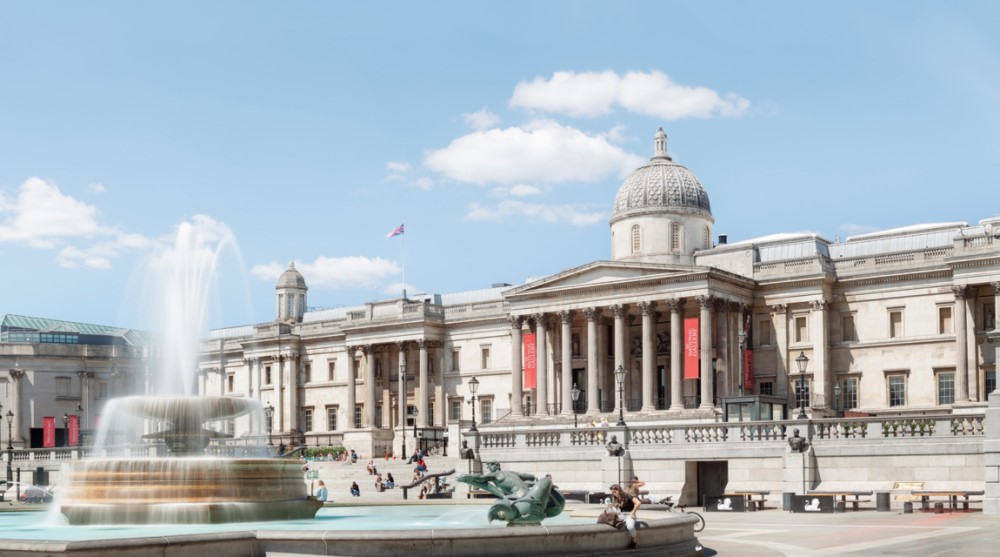
The National Gallery is a well-known art museum situated in the centre of London, United Kingdom. It prides itself on its impressive collection of over 2,300 paintings dating from the 13th to the 20th century. Admission is free, enabling visitors to enjoy the remarkable collection without any expense.
The gallery displays artworks by celebrated artists such as Leonardo da Vinci, Vincent van Gogh, and Claude Monet. These masterpieces allow visitors to appreciate the talent and creativity of these esteemed artists.
Upon entering the National Gallery, visitors will be amazed by the magnificent architecture and exquisite artworks showcased in the galleries. The collection encompasses a wide range of styles, from Renaissance and Baroque to Impressionism and Post-Impressionism.
In addition to the permanent collection, the National Gallery also hosts temporary exhibitions that focus on different themes and artists. These exhibitions provide an opportunity for visitors to engage with diverse artistic expressions and explore various art movements.
For art enthusiasts or those looking to expand their knowledge and appreciation of art, a visit to the National Gallery is essential. It offers an immersive experience that allows visitors to connect with the cultural heritage and artistic achievements of humanity.
Whether you are a local resident or a tourist, the National Gallery is a valuable cultural treasure worth exploring. It provides a unique opportunity to marvel at world-class artworks and gain a deeper understanding of the artistic legacy that has significantly influenced our society.
Historic Sites in London: The Churchill War Rooms
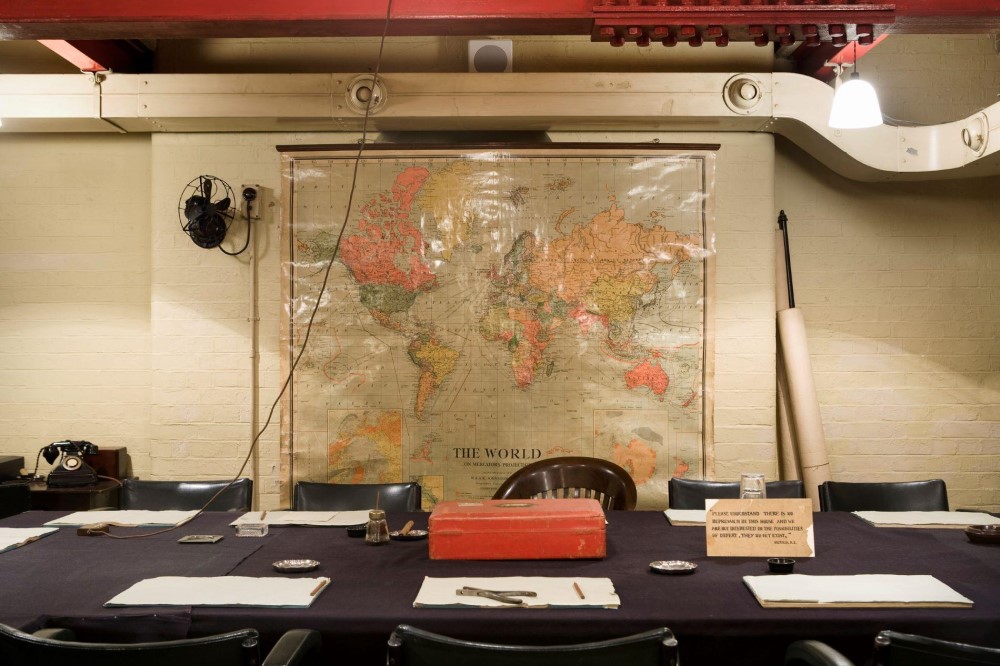
The Churchill War Rooms in London were a significant location during World War II. This underground complex served as the central command for the British government and military, where vital decisions affecting the war were made. The complex comprises the Cabinet War Rooms, where Prime Minister Winston Churchill and his cabinet discussed strategy and made decisions.
Today, the rooms are preserved exactly as they were during the war, allowing visitors to experience the atmosphere and conditions of that time. Original furniture, maps, and equipment used by Churchill and his team can be observed. Interactive displays and audio guides provide a thorough understanding of the war and the role of the War Rooms.
It is recommended to set aside a few hours for your visit in order to fully appreciate the historical significance of this site. Due to its popularity, it is advisable to book tickets in advance. A visit to the Churchill War Rooms offers a deeper understanding of the challenges and decisions faced by the British government during World War II.
It is a destination that history enthusiasts and anyone interested in this crucial period must visit.
Historic Sites in London: The Tower Bridge
The Tower Bridge is a renowned landmark in London with a rich history and impressive architecture. Here are some key details:
1. Construction: The Tower Bridge was built between 1886 and 1894. It is a combined bascule and suspension bridge designed by Sir Horace Jones and Sir John Wolfe Barry.
2. Architecture: The bridge features Victorian Gothic style architecture, with two towers and a central bascule section that can be raised for tall ships to pass through the River Thames.
3. Functionality: The Tower Bridge serves as both a road traffic bridge and a pedestrian bridge. It provided a solution to congestion on the river.
4. Opening Ceremony: The Tower Bridge was opened on 30th June 1894, by the Prince and Princess of Wales. It has since become a popular tourist attraction.
5. Views and Exhibitions: Visitors can enjoy stunning views of London from the Tower Bridge’s elevated walkways. There is also an exhibition inside the bridge that showcases its history and engineering.
Recommendations for experiencing the Tower Bridge:
1. Take a stroll across: Walk along the walkways of the Tower Bridge and admire the breathtaking views of the city.
2. Visit the exhibition: Explore the exhibition inside the bridge to gain more knowledge about its history and engineering.
3. Timing your visit: Plan your visit to coincide with the bridge’s scheduled lifting time to witness the impressive mechanism in action.
4. River cruise: Consider taking a river cruise on the Thames to gain a unique perspective of the Tower Bridge and other London landmarks.
By following these recommendations, you can have a memorable experience exploring the beauty and significance of the Tower Bridge.
Historic Sites in London: The Shard

The Shard in London is an extraordinary architectural marvel and one of the most iconic symbols of the city. It is the tallest building in the United Kingdom, reaching a height of 310 metres, and offers breathtaking panoramic views of the city.
Modern Design: Renzo Piano conceived The Shard’s unique and sleek design. Its glass exterior and pyramidal shape create a striking and futuristic appearance.
Multi-purpose Structure: The Shard is home to various establishments, including offices, restaurants, a hotel, and residential apartments. It has become a dynamic hub for business, leisure, and living.
Scenic Views: The Shard offers visitors an awe-inspiring view of London’s skyline through The View from The Shard, a 360-degree panorama showcasing famous landmarks such as the Tower of London, St. Paul’s Cathedral, and the River Thames.
Historical Significance: Completed in 2013, The Shard represents London’s innovative and ambitious modern architectural style. It has quickly become an integral part of the city’s identity and symbolises its vibrant contemporary culture.
Historical Fact: The construction of The Shard was controversial as some critics believed its height would disrupt the historic skyline and detract from the city’s character. The building’s innovative design and contribution to London’s skyline have since been widely celebrated. Today, it is an essential stop for both locals and tourists.
Historic Sites in London: The Royal Observatory Greenwich
The Royal Observatory Greenwich, situated in London, United Kingdom, possesses a significant historical background and has made notable contributions to both astronomy and navigation. It was established in 1675 by King Charles II and is located on a hill in Greenwich Park, providing stunning views of London.
One of the main attractions at the observatory is the Great Equatorial Telescope, an ancient instrument previously used for celestial observations that is still in use today. Visitors can also explore various exhibitions and displays showcasing scientific advancements and providing insights into the history of navigation and timekeeping through interactive exhibits.
The observatory is also home to the Peter Harrison Planetarium, where captivating shows on astronomy and the wonders of the universe can be enjoyed. Guided tours and educational programs are available for visitors of all ages, making it an ideal destination for students, families, and space enthusiasts.
The area surrounding the observatory is recognized as a UNESCO World Heritage Site for its exceptional universal value.
A visit to The Royal Observatory Greenwich offers a unique opportunity to delve into the history of astronomy, navigation, and timekeeping while connecting with the scientific achievements of the past and present.
Historic Sites in London: The Cutty Sark

The Cutty Sark is a well-known historical ship in London, United Kingdom. It was built in 1869 and is one of the last tea clippers. The ship played a significant role in the trading of tea and wool between China, Australia, and the United Kingdom. Today, it is a popular tourist attraction where visitors can learn about its rich history and distinctive design.
Visiting the Cutty Sark allows you to immerse yourself in London’s maritime heritage. You can learn about the lives of the crew, the challenges they faced at sea, and the importance of tea trade during the 19th century. The ship has been beautifully restored and offers a glimpse into the past.
As you explore the Cutty Sark, you will admire the impressive wooden structure, tall masts, and intricate sails that once propelled the ship across the oceans. Inside, there are exhibitions and displays showcasing the cargo hold, living quarters, and the captain’s cabin. These provide insight into the daily life onboard and the conditions faced by the crew.
The Cutty Sark is a must-visit for history enthusiasts and anyone with an interest in maritime history. It offers a unique opportunity to step back in time and experience the golden age of sailing. So, if you are in London, do not miss the chance to explore the fascinating world of the Cutty Sark.
Historic Sites in London: The Kensington Palace
Kensington Palace in London is a historic royal residence with an extensive history. It has been a home to various members of the British royal family and continues to hold a significant role in the monarchy.
The Kensington Palace is open to the public, allowing visitors to explore its magnificent rooms and discover its past. As you wander through, you will witness stunning architecture and exquisite interiors. The State Rooms at The Kensington Palace showcase the luxury and majesty associated with royalty.
A notable attraction at The Kensington Palace is the King’s Gallery, which houses an impressive collection of royal portraits. These portraits offer a glimpse into the lives of the kings and queens who resided in the palace.
Another highlight at The Kensington Palace is the Sunken Garden, a peaceful and picturesque oasis. This impeccably maintained garden provides a tranquil escape from the bustling city.
Visitors to The Kensington Palace also have the opportunity to visit the Victoria Revealed exhibition. Here, you can learn about the life and reign of Queen Victoria, who was born and raised in the palace.
Historic Sites in London: Hampton Court Palace
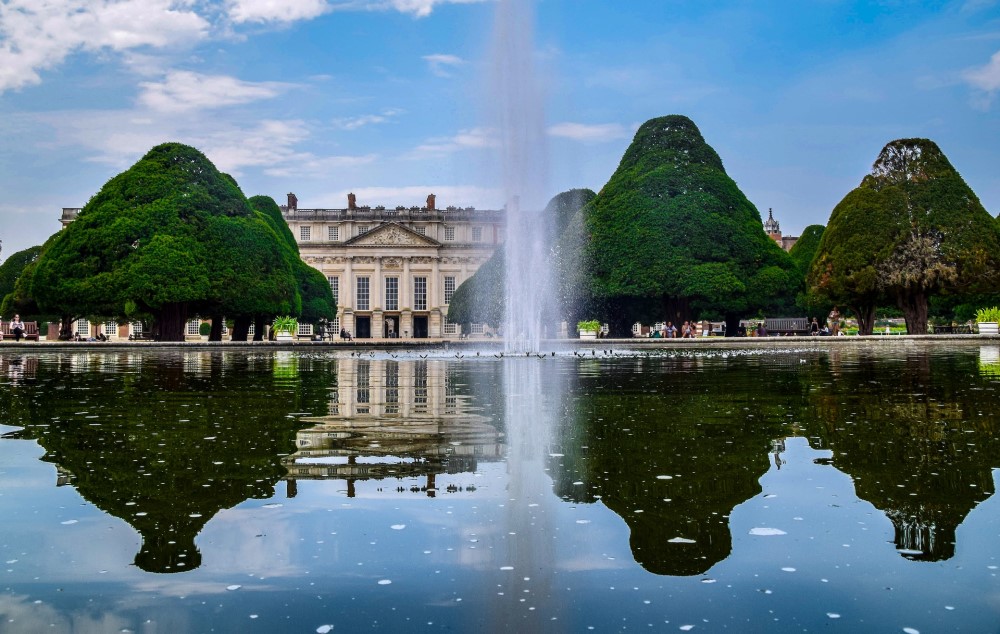
Hampton Court Palace is a well-known historical site in London. Located in Richmond upon Thames, the palace used to function as the dwelling of King Henry VIII. Nowadays, it is a popular tourist attraction where visitors can explore the state rooms and gardens, as well as witness historical reenactments. In addition to that, the palace houses an impressive collection of art and artefacts, including the renowned Hampton Court Maze.
One noteworthy aspect of a trip to Hampton Court Palace is the opportunity to see the Great Hall, where extravagant banquets were held during the reign of Henry VIII. Visitors can also take a tour of the Tudor kitchens and enjoy the stunning views of the River Thames from the Long Gallery.
For those who have a passion for history or an interest in the Tudor era, a visit to Hampton Court Palace is essential. It provides a unique chance to fully immerse oneself in the rich history of England and experience the splendour of the Tudor court.
If you are planning a visit, it is advisable to check the palace’s website for the most up-to-date visitor information, as well as details on any temporary exhibitions or events. It is recommended to wear comfortable footwear as there is a significant amount of walking involved. Bringing a picnic to enjoy in the palace gardens is also a fantastic way to make the most of your visit to this historic site.
Historic Sites in London: The Science Museum
The Science Museum in London provides a captivating exploration of science and technology. It showcases interactive exhibits and educational programmes for visitors of all ages. Here are the main highlights and features:
1. Exhibitions: The museum presents displays on space exploration, medical advancements, and engineering. These exhibitions enable visitors to learn about scientific breakthroughs and their impact on society.
2. Hands-on activities: The Science Museum offers various hands-on activities that allow visitors to actively engage and experiment with scientific concepts. These experiences enhance learning and make science more accessible.
3. IMAX cinema: The museum has an IMAX cinema that shows educational films on scientific topics. It provides an immersive experience for learning about complex scientific concepts.
4. Collections: The Science Museum has a vast collection of scientific artifacts and technological inventions. It showcases vintage steam engines and early computers, providing insights into the history and evolution of science and technology.
5. Workshops and demonstrations: The museum regularly organises workshops and live demonstrations, giving visitors the opportunity to witness scientific experiments and interact with experts. These sessions provide a deeper understanding of scientific principles and foster curiosity.
6. Education programmes: The Science Museum offers educational programmes and resources for schools and educators. These programmes aim to cultivate an interest in science among young minds and support STEM education.
Whether you are a science enthusiast, a student, or simply curious about the wonders of science, The Science Museum is a captivating destination that offers a wealth of knowledge and exploration.
Historic Sites in London: The Royal Albert Hall
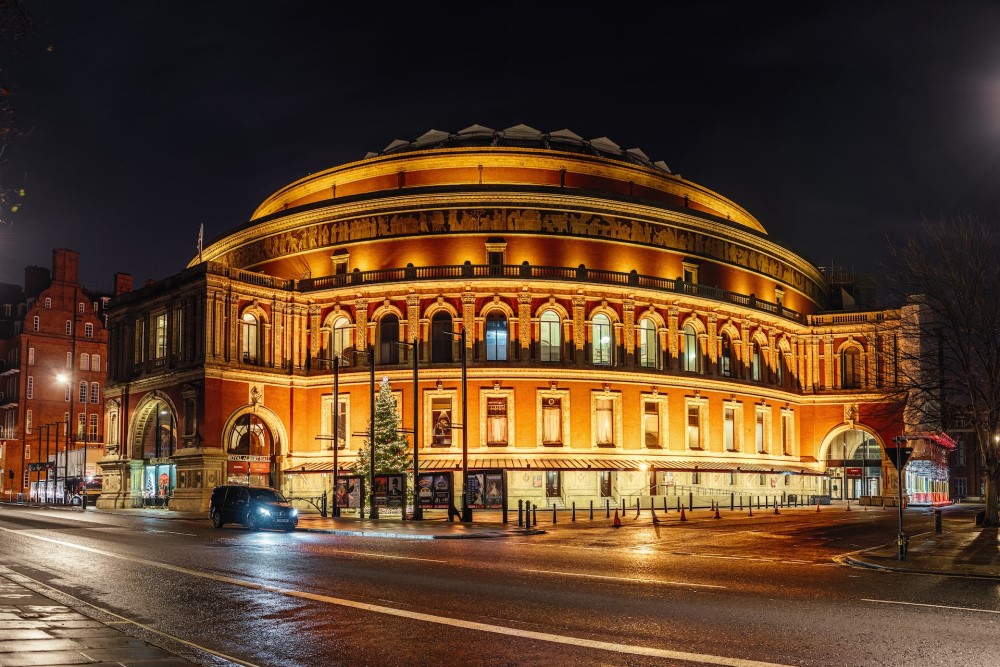
The Royal Albert Hall, which is located in London, United Kingdom, is a prestigious and historic venue. It was opened in 1871 and has hosted a wide range of events such as concerts, ballets, and award ceremonies.
With a seating capacity of 5,272, it is a well-known building renowned for its exceptional acoustics that provide an outstanding audio experience. The hall is classified as a Grade I building, highlighting its historical and architectural significance.
Throughout its history, it has welcomed world-class performers and musicians, further enhancing its reputation as a leading concert venue. Visitors can enjoy performances from various genres, including classical music, rock, pop, and jazz. The venue organises the annual BBC Proms, a highly respected classical music festival.
The Royal Albert Hall offers additional spaces and rooms for hire for events, conferences, and exhibitions. Patrons not only have the opportunity to enjoy exceptional performances but also to immerse themselves in the rich history and culture of London.
The Royal Albert Hall is an iconic symbol of British culture and entertainment, attracting visitors from all around the world.
Historic Sites in London: Lord’s Cricket Ground
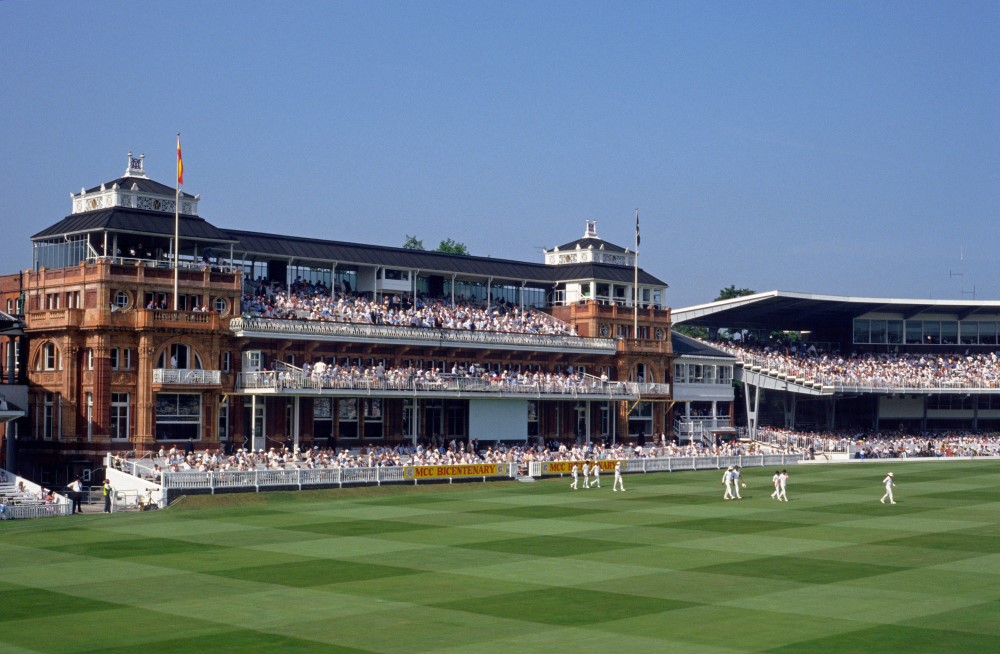
Lord’s Cricket Ground, fondly known as Lord’s, is situated in St John’s Wood, London. It’s not just a cricket venue but a significant landmark in the history of cricket. Established by its founder, Thomas Lord, in 1814, it has been the home for the Middlesex County Cricket Club, the England and Wales Cricket Board, and the European Cricket Council. The ground is often referred to as the “Home of Cricket” and boasts the world’s oldest sporting museum.
The history of Lord’s is fascinating. The current location is not its original site. Thomas Lord had established three grounds between 1787 and 1814. The first was where Dorset Square is now located. The second ground had to be abandoned due to the construction of the Regent’s Canal. The present Lord’s ground is situated about 250 yards north-west of the second ground’s site.
The ground has witnessed numerous historic moments in cricket. From hosting its first Test match in 1884 to being the venue for the inaugural men’s World Cup final in 1975, Lord’s has seen it all. It has also been a witness to the evolution of cricket, from the days of leather jackets affecting pitches to the introduction of List A one-day cricket in 1963.





